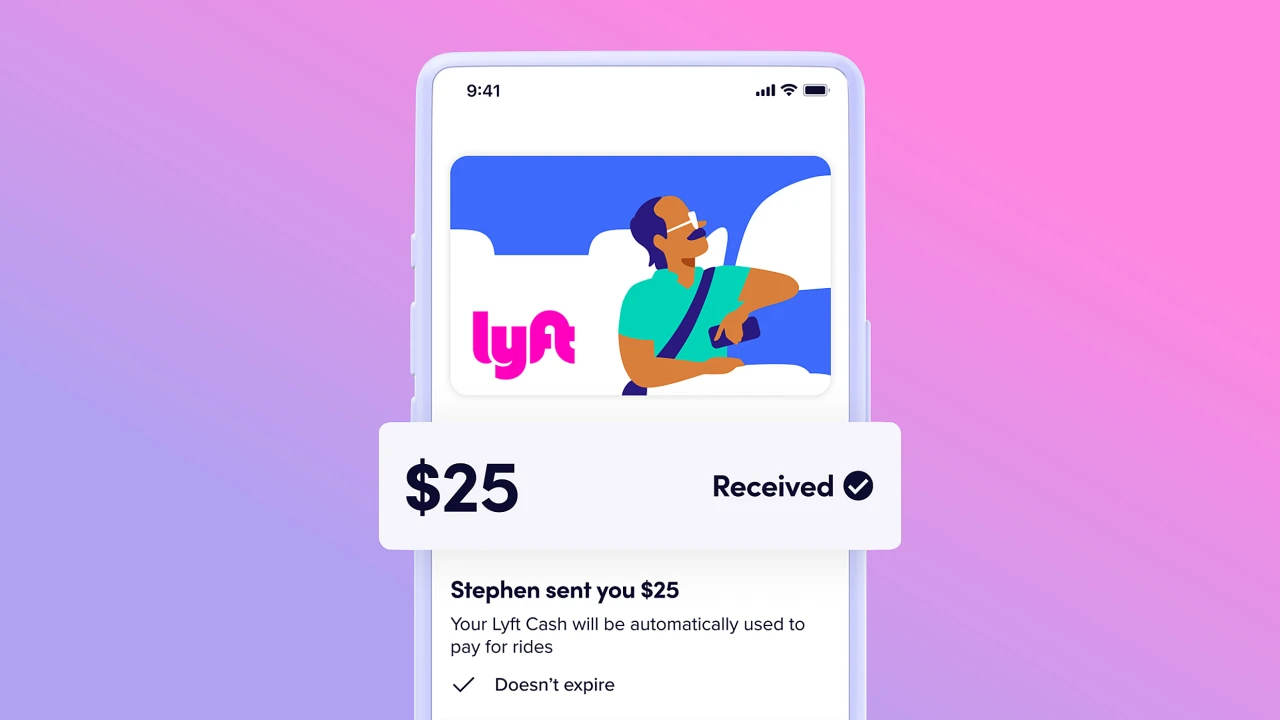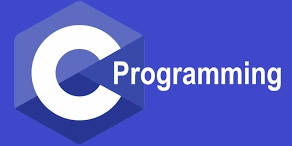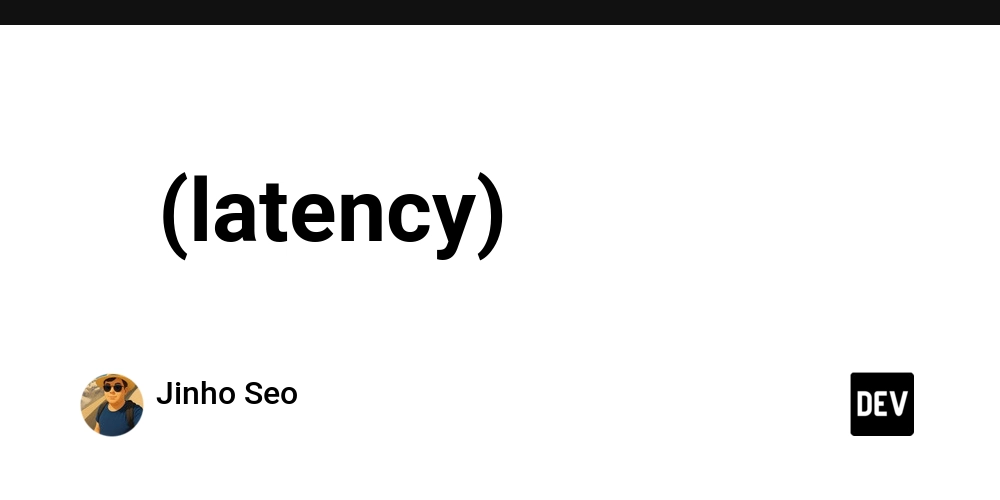Beyond the Vibes: Why real AI development needs more than just momentum
If you open YouTube, LinkedIn, scroll Reddit, everywhere you look, it’s the same story: “Vibe code this in 30 minutes,” “Build a SaaS with AI in an hour,” “I prompted an entire app — no experience required.” It feels like magic at first, doesn't it? You prompt an idea, some code appears, and sometimes it runs. Maybe you fix a small bug, tweak a line, and suddenly, bam, you've built something. You're in the zone, feature by feature, the system coming together. It’s fast, fluid, and you’re vibing. Until you’re not. That moment when you try to change one piece and it breaks three others. When you can’t remember why that file was structured that way, or why a function looks familiar but acts completely wrong. You search for documentation and find… a prompt history you barely recognize. That’s the crash after the high. That’s where the surface layer peels back to reveal the hard truth: building a real product, one that works tomorrow too, is more than just opening Cursor or other AI assisted IDE and “vibing” your way through it. The Illusion of making progress The tools themselves are incredible. GPTs, Claude, Gemini, Cursor, Copilot – they’ve undeniably changed the game. But the content, the culture built around them? It’s chaotic and seems like recycled clickbait. Code dumps without context and shiny demos that fall apart the moment you try to scale or modify them. Seeing Cursor generate six different files in an attempt to make your idea work while you just sit and watch is… impressive, sure. But it's not enough and that’s not all about it. This flood of copy-paste tutorials and “watch me build X in Y minutes” threads is creating two huge problems: 1. It’s making the tools look unreliable. People follow these "just vibe it" guides, things inevitably break (because there's no structure!), and they blame the AI, not the haphazard process. You have immense programming knowledge at your fingertips, but if you can't handle it properly, you just end up tool-hopping, hoping the next one requires even less effort. 2. It’s failing the next generation of builders. Thousands of self-taught programmers and aspiring indie hackers want to build with AI. What do they get? "Prompt, copy, paste, repeat." No systems, no structure, no reasoning. What happened to software development best practices? Can you learn C++ by just copy-pasting from Stack Overflow? Then why would we think handling complex AI tools is any different? The need of a process Let’s be clear: Vibe Coding isn't that evil. Hacking together a quick prototype or exploring an idea? Go for it. That has its place. But that’s not engineering. And if you want to build anything that lasts longer than a weekend – an MVP, a feature for a client, a product for actual users – you need more than vibes. Because whether it’s GPT-4 today or GPT-7 tomorrow, the underlying truth stays the same: It’s not about the tool. It’s about how you use it. The models will change. The IDEs and plugins will evolve. But if you don’t have a repeatable way of thinking, planning, and building, you’ll keep hitting the same walls. Software still needs requirements, architecture, data modeling, error handling, testing, and maintainability. That doesn’t vanish just because an LLM wrote the initial code. You have the potential to be the conductor of an incredible software orchestra, yet too many are just randomly hitting keys and calling it music. So, the real question becomes: How do you combine the speed of AI with the discipline of software engineering? Enter Prompt-Driven Development (PDD) PDD isn’t another framework or tool to add to the pile. It’s a methodology. A repeatable, flexible approach to building with AI that brings back the structure vibe coding throws out the window. It addresses what the "just vibe it" crowd never mentions: How to start planning with AI, instead of jumping straight to code generation. How to structure your ideas into layered documentation that guides the AI. How to isolate features and prompt the AI to execute them step-by-step, with context. How to review, test, and evolve your system with confidence, not guesswork. How to scale your project – and your team – without needing a full rewrite every few months. With PDD, you stop prompting like a gambler and start prompting like an engineer. AI becomes your builder, your co-founder, your developer, your tester – but you remain the architect, the one in control. Not your latest half-baked prompt. Instead of: “make a user login system” You start thinking and prompting like this: “Begin development for the Authentication feature. Focus only on the User model schema. Follow the requirements outlined in @user-story-auth.md. Align with the project structure defined in @overview.md. Use the official bcrypt library documentation for password hashing. Stop and ask if any requirement is unclear before proceeding.” See the difference? Now, every output has a purpose. Every decision has a traceable reason


If you open YouTube, LinkedIn, scroll Reddit, everywhere you look, it’s the same story: “Vibe code this in 30 minutes,” “Build a SaaS with AI in an hour,” “I prompted an entire app — no experience required.”
It feels like magic at first, doesn't it? You prompt an idea, some code appears, and sometimes it runs. Maybe you fix a small bug, tweak a line, and suddenly, bam, you've built something. You're in the zone, feature by feature, the system coming together. It’s fast, fluid, and you’re vibing.
Until you’re not.
That moment when you try to change one piece and it breaks three others. When you can’t remember why that file was structured that way, or why a function looks familiar but acts completely wrong. You search for documentation and find… a prompt history you barely recognize.
That’s the crash after the high. That’s where the surface layer peels back to reveal the hard truth: building a real product, one that works tomorrow too, is more than just opening Cursor or other AI assisted IDE and “vibing” your way through it.
The Illusion of making progress
The tools themselves are incredible. GPTs, Claude, Gemini, Cursor, Copilot – they’ve undeniably changed the game. But the content, the culture built around them? It’s chaotic and seems like recycled clickbait. Code dumps without context and shiny demos that fall apart the moment you try to scale or modify them.
Seeing Cursor generate six different files in an attempt to make your idea work while you just sit and watch is… impressive, sure. But it's not enough and that’s not all about it.
This flood of copy-paste tutorials and “watch me build X in Y minutes” threads is creating two huge problems:
1. It’s making the tools look unreliable. People follow these "just vibe it" guides, things inevitably break (because there's no structure!), and they blame the AI, not the haphazard process. You have immense programming knowledge at your fingertips, but if you can't handle it properly, you just end up tool-hopping, hoping the next one requires even less effort.
2. It’s failing the next generation of builders. Thousands of self-taught programmers and aspiring indie hackers want to build with AI. What do they get? "Prompt, copy, paste, repeat." No systems, no structure, no reasoning. What happened to software development best practices? Can you learn C++ by just copy-pasting from Stack Overflow? Then why would we think handling complex AI tools is any different?
The need of a process
Let’s be clear: Vibe Coding isn't that evil. Hacking together a quick prototype or exploring an idea? Go for it. That has its place.
But that’s not engineering.
And if you want to build anything that lasts longer than a weekend – an MVP, a feature for a client, a product for actual users – you need more than vibes. Because whether it’s GPT-4 today or GPT-7 tomorrow, the underlying truth stays the same:
It’s not about the tool. It’s about how you use it.
The models will change. The IDEs and plugins will evolve. But if you don’t have a repeatable way of thinking, planning, and building, you’ll keep hitting the same walls. Software still needs requirements, architecture, data modeling, error handling, testing, and maintainability. That doesn’t vanish just because an LLM wrote the initial code.
You have the potential to be the conductor of an incredible software orchestra, yet too many are just randomly hitting keys and calling it music.
So, the real question becomes:
How do you combine the speed of AI with the discipline of software engineering?
Enter Prompt-Driven Development (PDD)
PDD isn’t another framework or tool to add to the pile. It’s a methodology. A repeatable, flexible approach to building with AI that brings back the structure vibe coding throws out the window.
It addresses what the "just vibe it" crowd never mentions:
- How to start planning with AI, instead of jumping straight to code generation.
- How to structure your ideas into layered documentation that guides the AI.
- How to isolate features and prompt the AI to execute them step-by-step, with context.
- How to review, test, and evolve your system with confidence, not guesswork.
- How to scale your project – and your team – without needing a full rewrite every few months.
With PDD, you stop prompting like a gambler and start prompting like an engineer. AI becomes your builder, your co-founder, your developer, your tester – but you remain the architect, the one in control. Not your latest half-baked prompt.
Instead of: “make a user login system”
You start thinking and prompting like this:
“Begin development for the Authentication feature. Focus only on the User model schema. Follow the requirements outlined in @user-story-auth.md. Align with the project structure defined in @overview.md. Use the official bcrypt library documentation for password hashing. Stop and ask if any requirement is unclear before proceeding.”
See the difference? Now, every output has a purpose. Every decision has a traceable reason. Every feature fits into the larger system. You’re not building with vibes; you’re building with vision. But how do you actually get there?
Structured speed beats spontaneous speed
This isn't about slowing down; it's about making speed sustainable.
Start by talking through your system with AI. Explain your idea, let it poke holes, ask questions, get the AI to ask you questions and refine the concept before a single line of code is generated.
Document your flows and features first. This documentation becomes your source of truth and your prompting guide, preventing prompts from becoming your only, chaotic record.
Build layer by layer, in isolation. Lay the foundation, build core components, then add features. Test as you go. This mirrors traditional best practices but accelerates each step.
It’s easy to confuse fast typing (or fast generation) with fast shipping. But true speed isn’t just about the first draft. It’s about minimizing rework, building confidence for extensions, and ensuring clarity for future you (or your team). That kind of speed only comes from structure. And structure only comes from planning.
Replace “prompt and pray” with “plan and build.”
AI is arguably the most powerful tool developers have ever had, but tools don’t make systems. Process does.
Prompt-Driven Development isn't a vibe. It's one of the ways forward.






























































![[The AI Show Episode 146]: Rise of “AI-First” Companies, AI Job Disruption, GPT-4o Update Gets Rolled Back, How Big Consulting Firms Use AI, and Meta AI App](https://www.marketingaiinstitute.com/hubfs/ep%20146%20cover.png)





















































































































































































































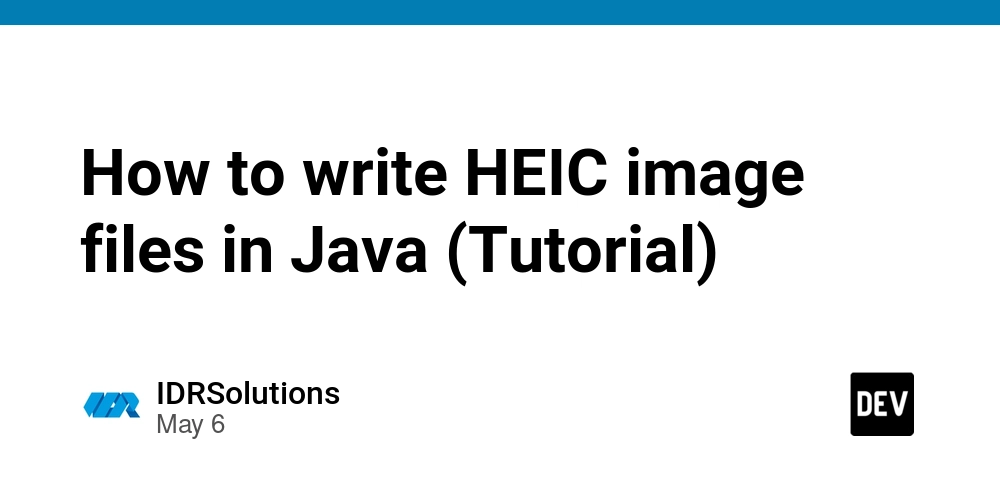


































































































































































 Stolen 884,000 Credit Card Details on 13 Million Clicks from Users Worldwide.webp?#)








































































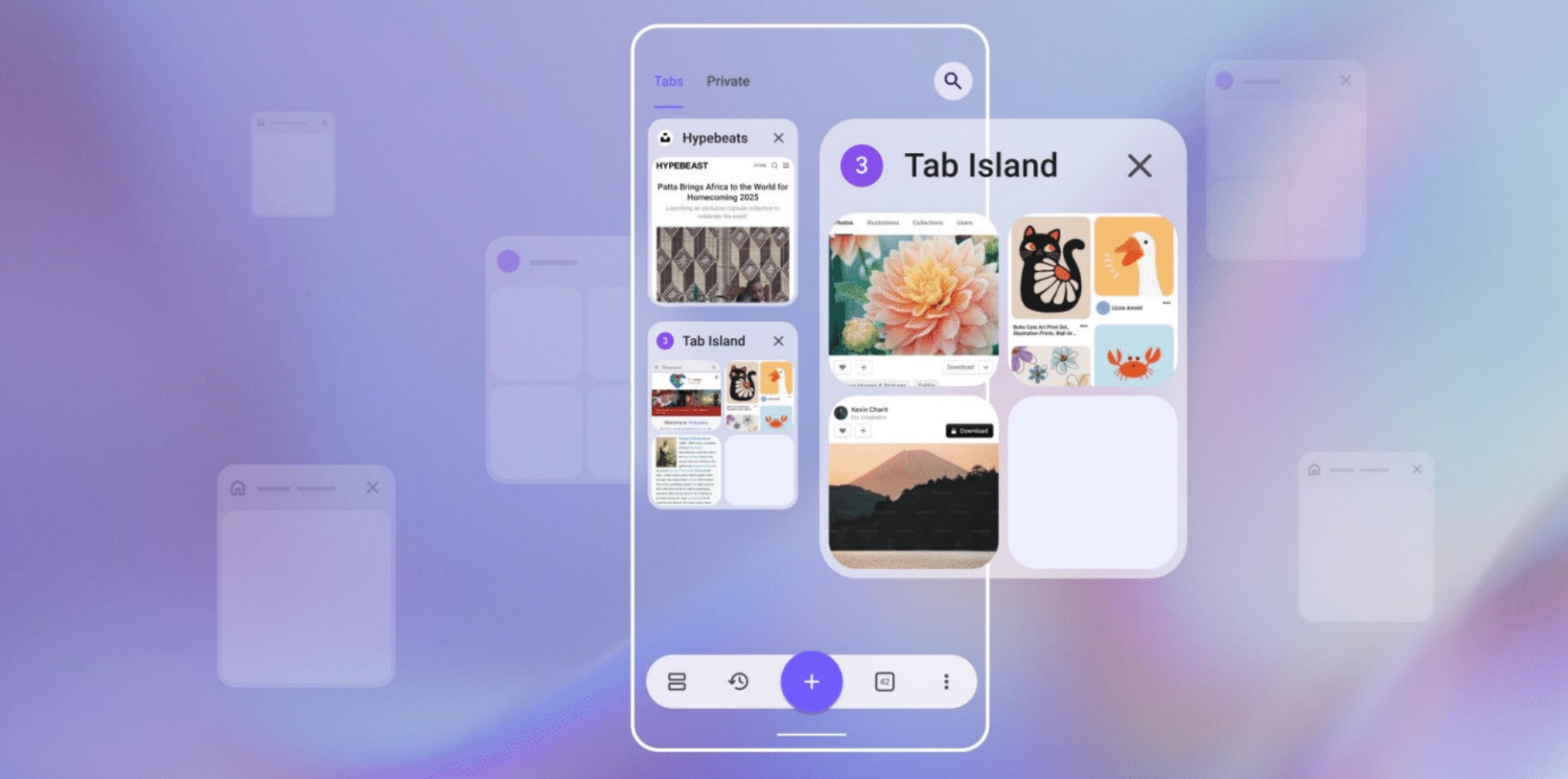















![Cringeworthy Google ad mocks the iPhone 17 design even before it launches [Video]](https://i0.wp.com/9to5mac.com/wp-content/uploads/sites/6/2025/05/Cringeworthy-Google-ad-mocks-the-iPhone-17-design-even-before-it-launches-Video.jpg?resize=1200%2C628&quality=82&strip=all&ssl=1)




![Chrome 136 tones down some Dynamic Color on Android [U]](https://i0.wp.com/9to5google.com/wp-content/uploads/sites/4/2023/03/google-chrome-logo-4.jpg?resize=1200%2C628&quality=82&strip=all&ssl=1)














![Apple Shares Official Teaser for 'Highest 2 Lowest' Starring Denzel Washington [Video]](https://www.iclarified.com/images/news/97221/97221/97221-640.jpg)

![Under-Display Face ID Coming to iPhone 18 Pro and Pro Max [Rumor]](https://www.iclarified.com/images/news/97215/97215/97215-640.jpg)













































































